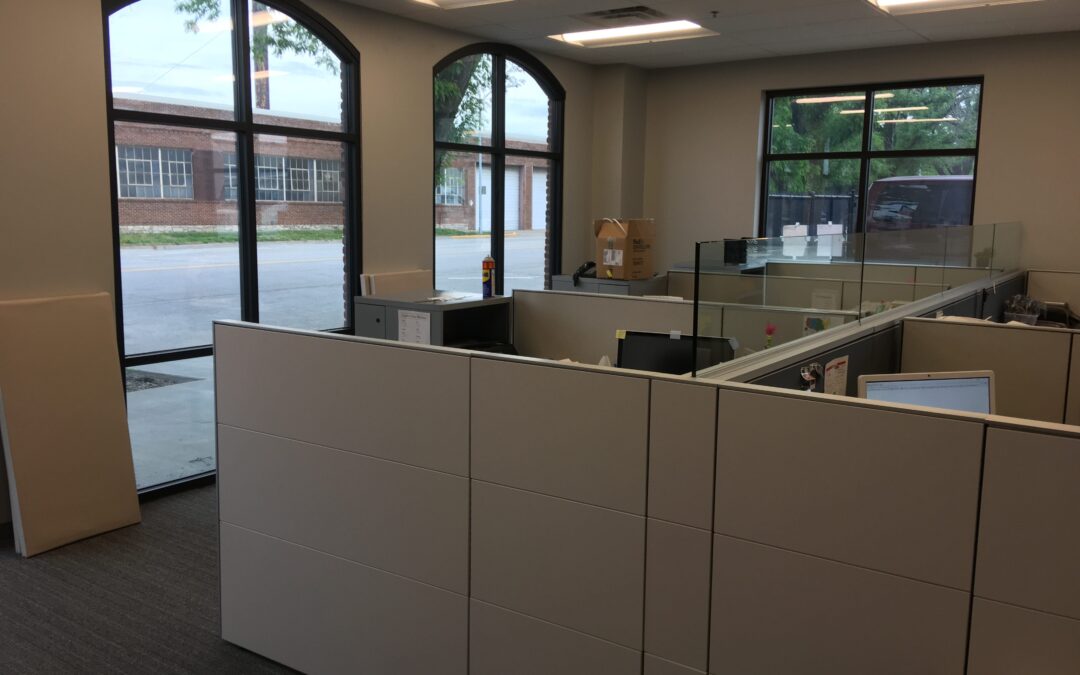The popularity of office layouts can vary based on trends, industry preferences, and the specific needs of businesses. However, there are a few office layouts that have gained popularity in recent years. Here are three common types:
Open Plan Layout: Open plan offices have become increasingly popular due to their emphasis on collaboration, communication, and flexibility. This layout typically features a large open space with minimal partitions or barriers, encouraging interaction and a sense of community among employees. It allows for easy communication, enhances teamwork, and promotes a more inclusive work environment.
Activity-Based Layout: Activity-based office layouts focus on providing different zones or areas within the workspace that cater to specific activities or tasks. These may include quiet zones for focused work, collaborative areas for team discussions, relaxation spaces, and meeting rooms. The layout aims to provide employees with a variety of work settings that suit their specific needs, promoting productivity and well-being.
Hybrid or Flexible Layout: With the rise of remote work and flexible work arrangements, hybrid or flexible layouts have gained popularity. These layouts offer a mix of open spaces, dedicated workstations, and flexible seating options that accommodate both in-office and remote workers. The emphasis is on providing a versatile environment that can adapt to changing work dynamics and accommodate a range of work styles.
Physical Distancing Measures: The layout of the office may incorporate physical distancing measures to reduce close contact between employees. This could involve rearranging workstations to maintain a safe distance, installing physical barriers or screens between desks, and implementing one-way traffic flow in common areas.
Flexible Workspaces: The pandemic accelerated the adoption of flexible work arrangements. Offices may include a combination of dedicated workstations, hot-desking options, and remote workspaces to accommodate a hybrid workforce. This allows employees to choose where and how they work, promoting flexibility and minimizing overcrowding in the office.
Wellness Spaces: Offices may allocate space for wellness areas such as relaxation zones, meditation rooms, or outdoor spaces where employees can take breaks and destress. These areas promote well-being, mental health, and work-life balance.
It’s important to note that the specific changes and adaptations will vary depending on local guidelines, industry regulations, and the unique needs of each organization. Employers will need to assess their specific circumstances and implement strategies to ensure a safe and productive working environment in the post-COVID era.

